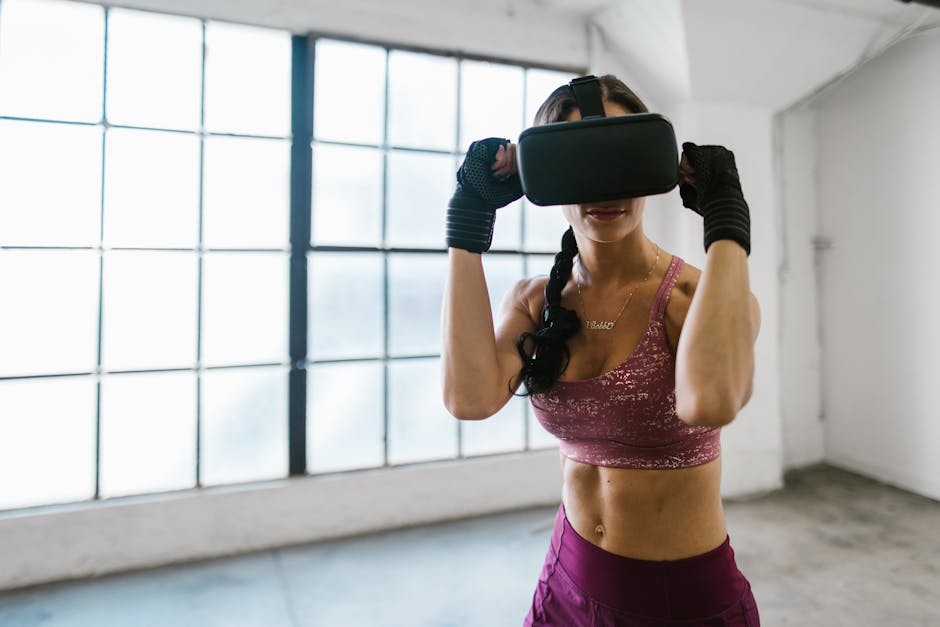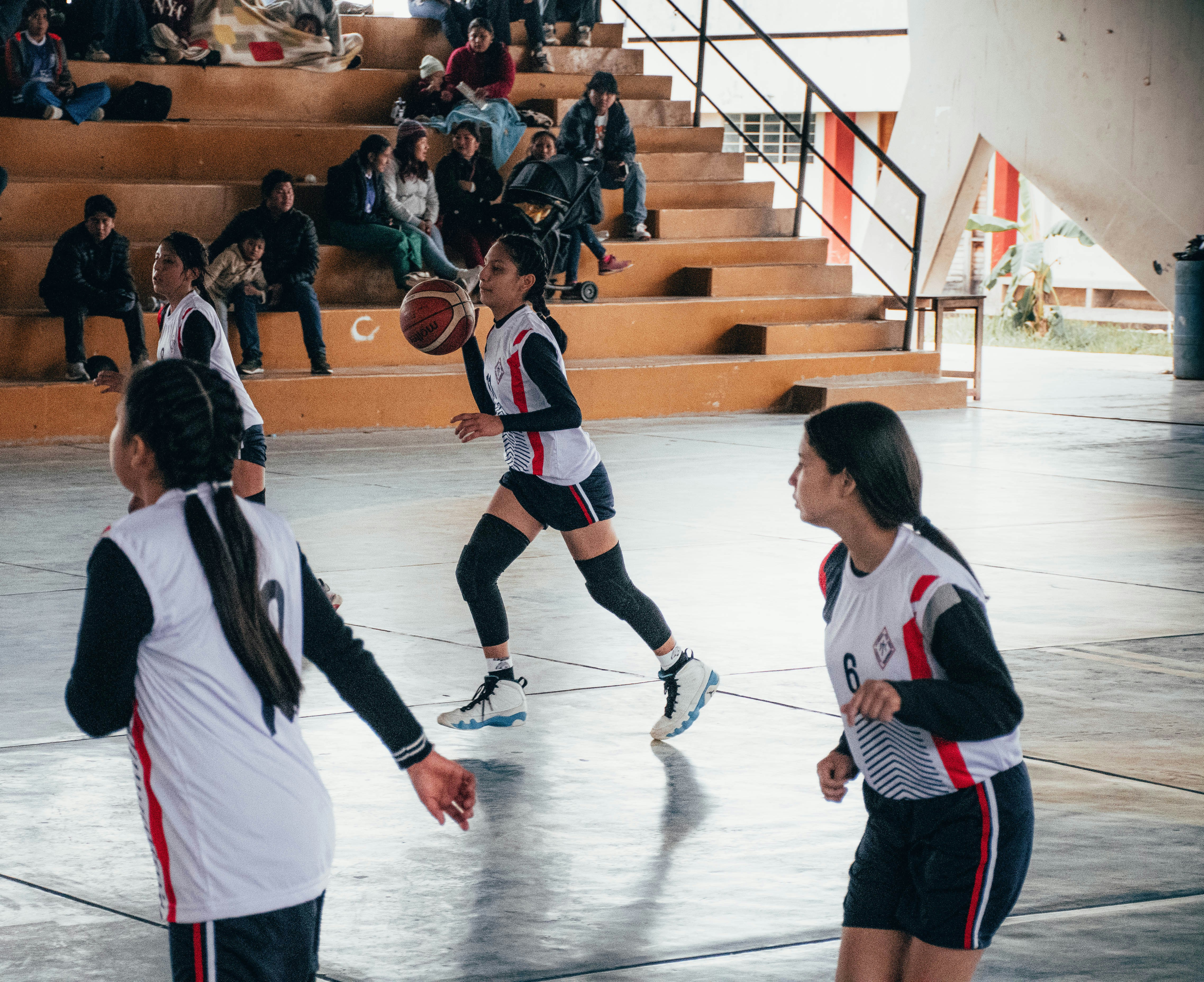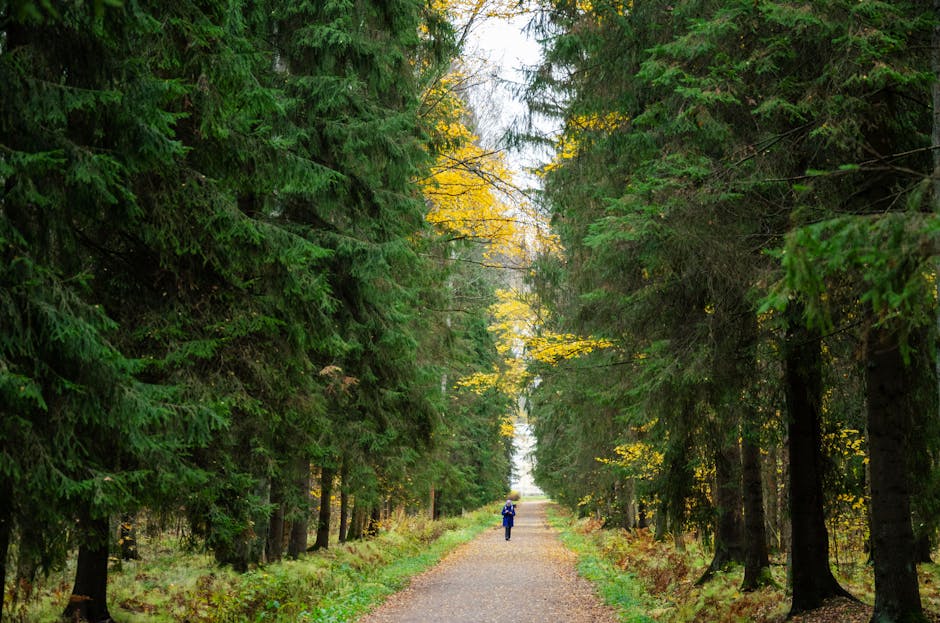Beneath the Game: Impact of Urban Ecosystems on Sports Performance
In every city around the world, sports serve as a vibrant reflection of community identity and spirit. Yet, how often do we pause to consider the profound influence of urban ecosystems on athletic performance and communal bonding? From the towering architecture that defines skylines to the tranquil green spaces that offer respite, every element of an urban landscape plays a role in shaping the dynamics of sports and community engagement. In this explorative piece, we will delve into the intricate connection between urban environments and sports cultures, unraveling how local architecture, socioeconomic factors, and community interaction drive both athletic excellence and identity formation.
The Urban Landscape: Architecture and Performance
The physical structure of a city isn’t just for aesthetics; it has tangible effects on athletic performance. From the narrow streets of Paris to the expansive parks of New York City, urban design dictates how athletes train and compete. For example, the availability of running tracks, basketball courts, or soccer fields can influence a community's propensity for sport. In compact urban areas, the integration of athletic facilities within residential areas not only encourages physical activity but fosters an accessible environment for all—leading to increased participation across demographics.
Moreover, consider the cultural significance of iconic sports venues like the Madison Square Garden in NYC or the Camp Nou in Barcelona. These structures embody the spirit of their respective cities, uplifting athletes in their quest for glory while simultaneously uniting fans in passionate support. As explained in the article on storytelling in sports, such venues often narrate tales of resilience and aspiration, becoming synonymous with their city’s identity.
Green Spaces: Nature's Role in Athletic Success

Increasingly, research highlights the critical role urban green spaces play in nurturing both athletic performance and mental well-being. Parks and recreational areas not only provide safe havens for aspiring athletes but also serve as communal hubs. Cities are beginning to recognize that a plethora of green spaces—think public parks, river walks, and playgrounds—enhances community health. Studies indicate that accessibility to nature correlates with improved mental acuity and athletic performance.
In cities where there are ample green spaces, you often witness an explosion of grassroots sports initiatives, creating pathways for youth engagement. Programs like these can positively impact the well-being of participants, instilling a sense of identity and belonging. As addressed in our previous discussion on urban green spaces and youth sports, such initiatives often bridge socioeconomic divides, allowing underprivileged youth access to sports that may lead to future success.
The Socioeconomic Dynamics of Urban Sports

Socioeconomic status is often cited as a pivotal factor influencing sports participation—or the lack thereof. Urban areas are microcosms of wealth and poverty, and this dynamic largely informs sports access. Wealthier neighborhoods boast state-of-the-art facilities and organized leagues, whereas lower-income areas suffer from a lack of resources and opportunity.
Spotlighting initiatives that seek to address this gap can shed light on promising solutions. For instance, organizations that promote inclusivity and equal access—such as those providing free training, equipment, or scholarships—are slowly reshaping the landscape of urban sports. Programs encouraging inclusivity often reveal surprising insights into the interplay between economic factors and sports success. Engaging with local influencers, as discussed in the article on local sports leagues, further strengthens the interconnection between economic context and sporting opportunities.
Urban Identity and Fan Culture

The relationship between cities and their sports teams can’t be understated. Sports teams often serve as cultural touchstones for local pride, welcoming community members to rally behind a common cause. Fan engagement is intricately tied to the identity of a city; local rivalries and celebrations foster deep connections among fans.
Urban environments shape fan behavior too. For instance, team parades through city streets or community viewing events in public spaces enhance the shared experience, making sports a communal affair rather than just a spectator sport. This spirit of collaboration is vital; as detailed in our exploration of revitalization through sports, the cityscape can serve both as playground and platform, facilitating deeper dialogue and social interaction.
Challenges and Innovations in Urban Sports Development

While urban areas present numerous opportunities for athletic engagement, they also pose challenges such as overcrowding, pollution, and urban decay. As cities evolve, ensuring facilities maintain usability and accessibility becomes paramount. Innovative solutions—such as converting underused spaces into multipurpose athletic zones—could redefine how urban environments serve athletes and communities.
Cities like Barcelona are leading the way, utilizing rooftops and other neglected spaces for sports facilities that can address issues like overcrowding while promoting community interaction. The idea of creating hybrid spaces brings forth discussions about sustainability and functionality in urban sports development.
Technological Integration in Urban Sporting Experiences

In an age dominated by technology, how are urban ecosystems leveraging digital tools to enhance sports performance and community engagement? From smart stadiums that utilize visitor data for improved game-day experiences to mobile applications connecting local athletes, technology has revolutionized how sports are played and experienced in urban settings.
As evidenced by the rise of advanced analytics in sports—as discussed in the article about sports analytics—the use of data can serve as a reliable tool for both performance enhancement and predictive measures. Cities can integrate this technological shift to enhance urban sporting experiences, from optimizing field usage to fostering community programs.
Urban Art and Athletic Identity

Art isn’t just a companion to sports; in urban settings, it can define community identities. Murals celebrating local athletes or sports legends enhance city landscapes and instill a sense of pride. Cities can capitalize on this by using urban art as a storytelling medium, reinforcing community spirit while providing a backdrop to athletic achievement.
The intersection of urban artistry and athletics further cements community identity, as athletes become ambassadors for their neighborhoods. This relationship can enhance visibility for grassroots initiatives and encourage further investment in urban sports infrastructure, creating an ongoing cycle of empowerment and engagement.
Final Thoughts
Urban ecosystems play an essential role in shaping not just athletic performance, but also the identity of communities. From the physical structures that support sports to the socioeconomic dynamics that influence participation, every layer of an urban landscape contributes to the larger narrative of sport in society.
Understanding these complexities offers fresh insights for urban planners, community leaders, and sports enthusiasts alike. Embracing the symbiotic relationship between urban environments and sports can lead to a richer, more inclusive culture that celebrates athleticism and community identity. As cities continue to evolve, fostering an environment that nurtures sports engagement—while bridging gaps created by socioeconomic disparities—could truly redefine the future of urban sports culture.
For a deeper dive into how sports narratives evolve alongside community dynamics, check out our bespoke analysis on the role of social media in sports narratives.





